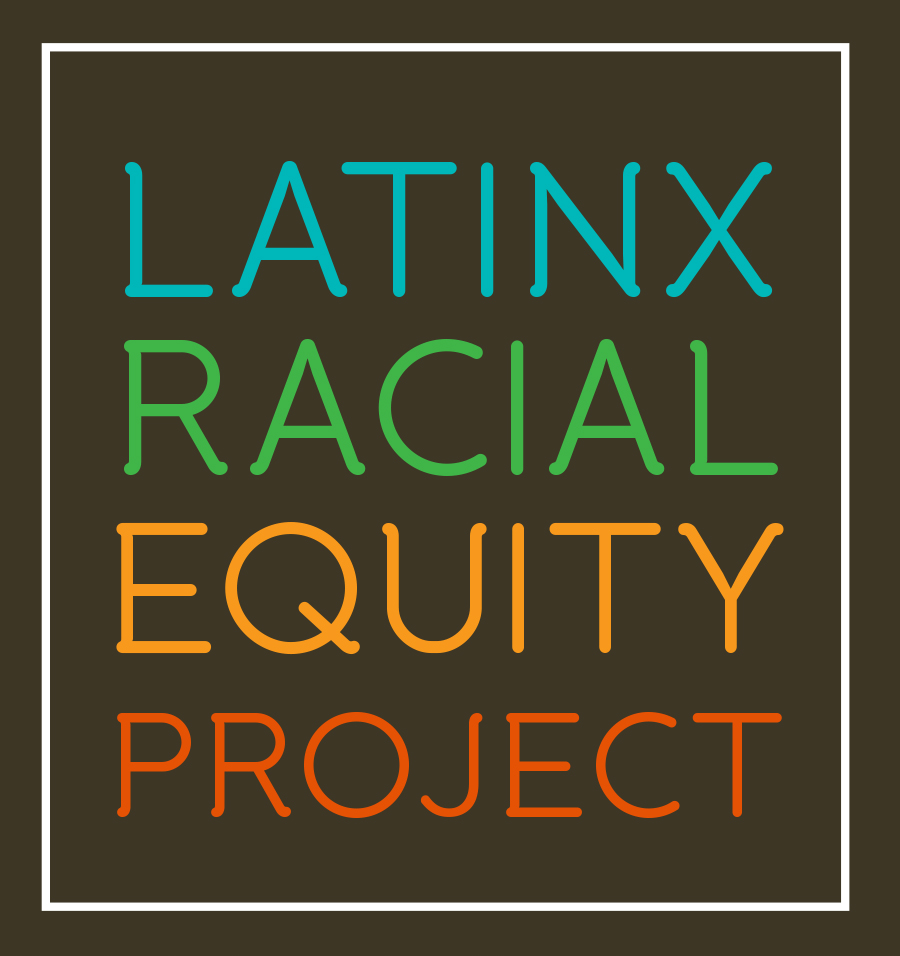On January 22, 1932, in the Central American nation of El Salvador, 30,000 indigenous people were massacred at hands of the Salvadoran military for protecting communal lands and protesting the government and the oppressive policies of president Maximiliano Hernández Martínez. Due to the 1920’s Great Depression, El Salvador lost profits from their major export crop, coffee, and salaries were reduced from 50 cents to 15 cents a day. Earlier in January 1932, fraudulent elections were held and despite mass turnout by indigenous people, Ladino land owners maintained power. This was the last straw and indigenous people organized a rebellion to demand better wages for peasant farmers to which the government and military responded with mass murder – an event now called La Matanza or The Massacre.
Àmate Perez “Your abuelos stopped wearing traditional clothing then,” my mother told me as she explained why she thought of herself as a peasant and not an indian. Most Salvadorans carry with us these scars as an element of cultural and ethnic genocide we have endured. Today, we can ask ourselves: What is our responsibility to our ancestors to honor them and to our grandmothers and grandfathers who are still alive back home and landless struggling to get by?
For more on the movement check out: http://www.ccniselsalvador.org/ccnis/
https://www.facebook.com/alcaldiadelcomundelosizalcos
La Federación de los Pueblos Originarios del Sur
CACTI (Concejo Ancestral del Común de los Territorios Indígenas)
Consejo Coordinador Nacional Indigena Salvadoreño (CCNIS) http://www.ccniselsalvador.org/ccnis/





